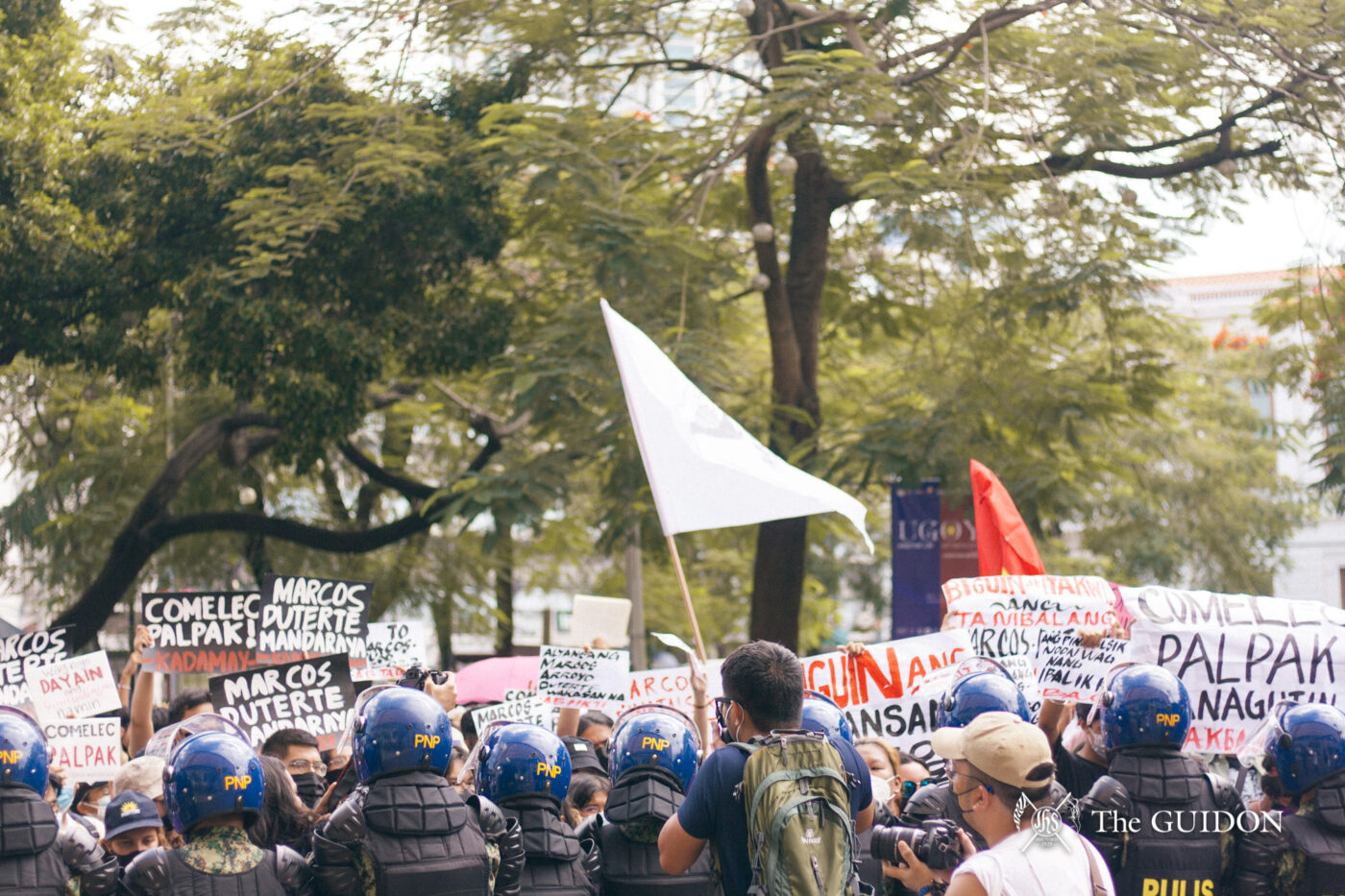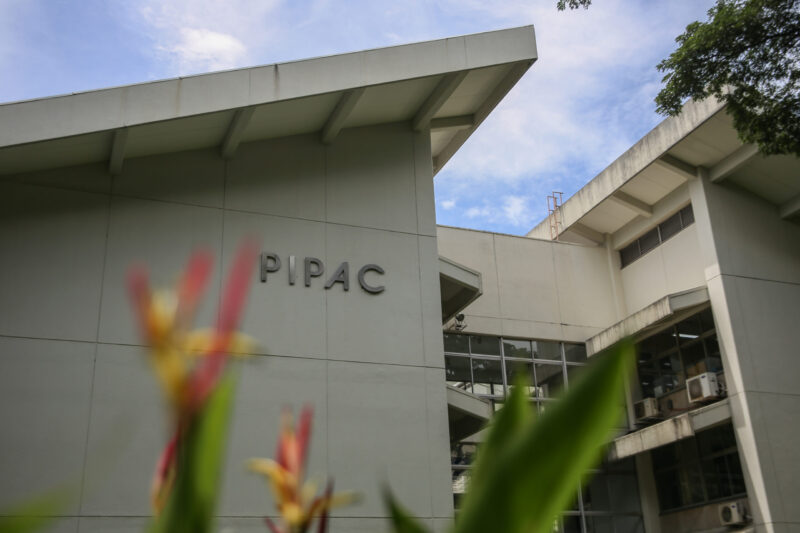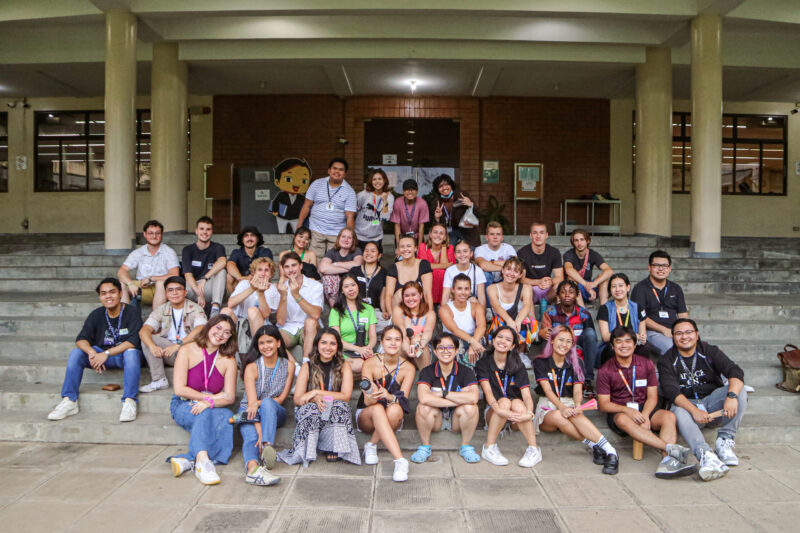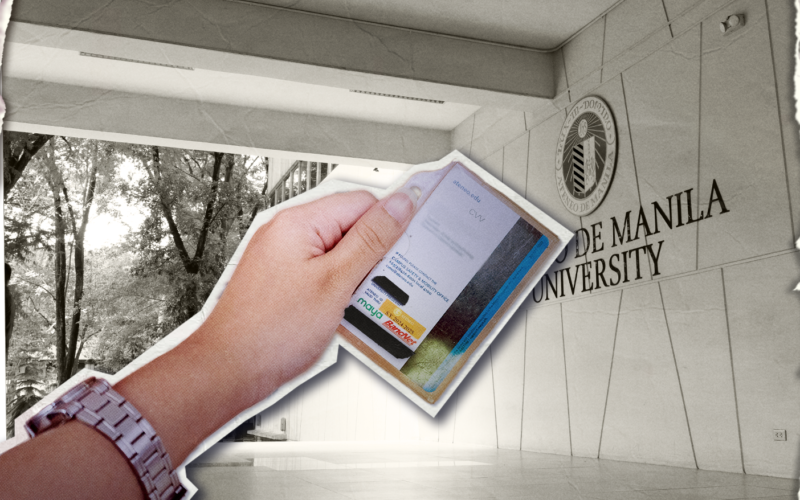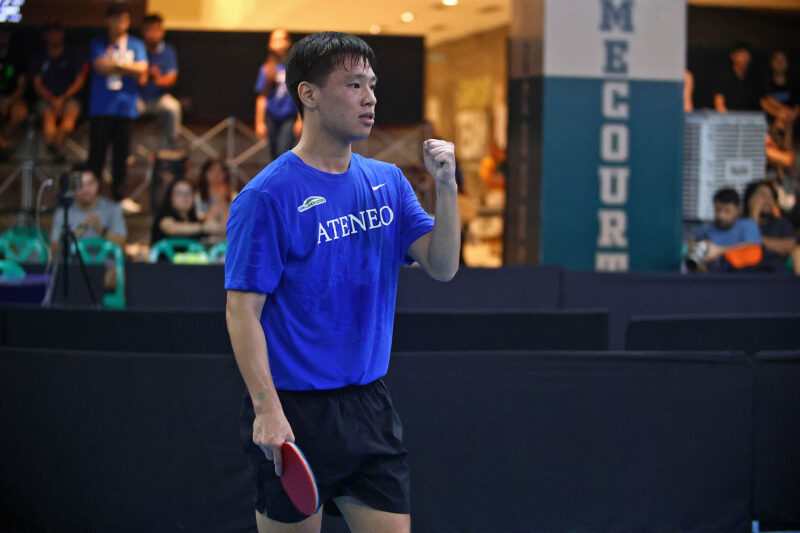MAY RALLY. It all started on May 16th, 1969. On that day, some 300 rallyists gathered in front of Congress to agitate for a non-partisan, non-political Constitutional Convention. (cf. THE GUIDON, May 24th, 1969.) The rallyists also voiced out their support for the Pelaez-sponsored Senate Bill no. 1065 which dictated the measures to be taken if the Constitutional Convention was to be non-partisan. After hearing the speeches of seven speakers, the demonstrators trekked to Malacañang for a confrontation with the President.
The President spoke. The students listened. The students went home. The May 16th, 1969 demonstration did not accomplish much.
Barely eight months later, on January 26th, 1970, students once again gathered before the halls of Congress to demand that the coming Constitutional Convention be non-partisan. This time, their ranks had swelled to 30,000 (a moderate estimate). This time, a cordon of riot policemen ringed the rally site, their polished truncheons dangling at their sides.
There was a sense of urgency present, something that was absent during the May 16th, 1960 convocation. The elections for the Constitutional Convention were months away and rumors ran thick that President Marcos had already completed his slate of candidates. There was talk of “creeping fascism”. People had only to look around to believe. There stood the riot policemen, intimidating in their battle dress, ready for action.
HISTORIC. What happened that fateful January day is history. Within the cloistered halls of Congress the president delivered what the Free Press’ Napoleon Rama describes as “one of the most comprehensive in-depth studies ever made of how goes the nation, what ails it and what will make it tick again.” To surmount the present-day problems. of the nation, Marcos said: “…we need strength of purpose and discipline. We have to subordinate our personal desires to the needs and aspirations of the nation. We have to train ourselves to use our resources carefully and fruitfully.”
The January 26th incident created a cleavage between the moderates and the radicals among the students. The rift was inevitable. While the moderates’ goal was a non-partisan Constitutional Convention, the militants sought the overthrow of the present political order. While the moderates stopped short of violence, the militants did not. While the moderates tried confronting Marcos and demanding a signed statement that he will not run for a third term, the militants commandeered a fire truck and assaulted Malacañang Palace.
Jose Lacaba of Free Press (February 7th, 1970 issue) described it as “class distinction in the demonstration: on the one hand the exclusive school kids of the NUSP, bred in comfort, decent, respectable and timorous; and on the other hand the public school firebrands of groups like KM and the SDK familiar with privation, rowdy, irreverent, troublesome.
IMPACT. Secondly, the violence that characterized the demons- tration did much to open people’s eyes to the existing order of things. Furthermore, students were being taken seriously. A peaceful demonstration, no matter how massive, could never have generated the same impact. Whether society liked it or not, violence or the threat of it was bargaining power in the hands of the restless young.
But violence always has its bitter consequences. Death claimed six. And among those killed innocent bystanders who fell victims to circumstance. Who was in the right? Who was in the wrong? Did it really matter? The activists now had their martyrs.
The biggest problem that confronts the students today is presenting a united front in the battle for reforms. But the task of healing the cleavage between the radicals and the moderates seems impossible at this point. The conflict is not so much the disagreement on the means by which reforms are to be demanded but rather on the very objectives to be sought. The radicals seek the violent overthrow of the existing political order. The moderates want to work through this set-up to achieve a non-partisan Constitutional Convention.
To my mind, the point of the January riots has been made. The students are willing to run wild in the streets agitating for their reforms. But any further violence will result in senseless bloodshed. And the sight of blood easily clouds one’s views of the issues.
For ultimately, when all the street-rioting, demonstrating is over, we are faced with the question: Who profited? Let us hope the answer we get is the answer we seek.

